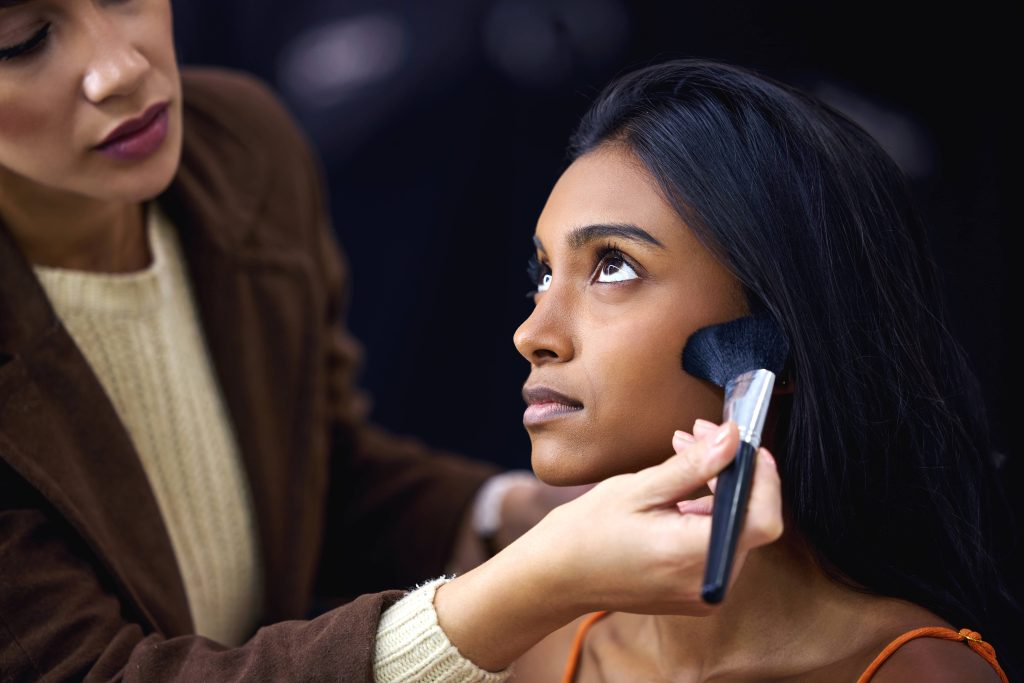
In the hustle and bustle of everyday life, our hair is exposed to numerous environmental aggressors. From the moment we step outside, pollutants, UV rays, and other environmental factors begin to take their toll on the health and appearance of our hair. Just like our skin, our hair deserves protection and care to maintain its vitality. In this blog post, we’ll explore effective ways to safeguard your hair from pollution and environmental damage.
Understanding the Enemy: Pollution and Environmental Damage
Before diving into protection methods, it’s essential to understand how pollution and the environment affect our hair. Air pollutants, like dirt, dust, and smog, can settle on our scalp and hair, leading to clogged follicles, irritation, and dullness. Moreover, UV rays break down proteins in the hair, weakening it and causing discoloration. Wind and humidity can strip the hair of moisture, leaving it dry and prone to breakage. With the rise of urban living, these factors become more pronounced, demanding a proactive approach to haircare.
1. Cleanse Thoroughly but Gently
The foundation of protecting your hair begins with proper cleansing. A gentle shampoo removes accumulated dirt and pollutants without stripping away natural oils. Look for sulfate-free shampoos as they are effective in cleansing while being less harsh. Consider a product with ingredients like aloe vera or chamomile, known for their soothing properties.
Furthermore, incorporating a clarifying shampoo into your routine once a month can help eliminate any product build-up and pollutants that regular shampoos might miss. However, use them sparingly to avoid stripping your hair of its natural oils, which is crucial for maintaining moisture.
2. Condition and Moisturize
Conditioning is a vital step in shielding your hair from environmental foes. A good conditioner strengthens the cuticle layer, acting as a barrier against environmental stressors. Opt for leave-in conditioners or serums enriched with antioxidants and UV protection to add an extra layer of defense.
Oil treatments, like argan or coconut oil, nourish and create a protective shield over the hair shafts, combating dryness and breakage caused by environmental exposure. Regular oil treatments lock in moisture, ensuring your hair remains resilient and less prone to damage.
3. Embrace Protective Hairstyles
Wearing your hair in protective styles not only looks chic but also minimizes exposure to pollutants. Braids, buns, and twists reduce the surface area of exposed hair, lowering the risk of damage. These styles are particularly beneficial on windy or highly polluted days.
Protective styles can also mitigate physical damages like breakage and split ends. Consider accessorizing with hats or scarves. These not only add a splash of style but also provide a physical barrier against UV rays and pollutants.
4. Use a Hair Mask Regularly
Weekly or bi-weekly hair masks provide intensive nourishment and repair. Choose masks with ingredients like keratin, which strengthens and replenishes hair structure, or avocado, known for its rich moisturizing properties. Masks can target specific concerns, whether it’s replenishing moisture, adding shine, or reviving color-treated hair.
DIY masks using natural ingredients can also work wonders. Ingredients like yogurt, honey, and olive oil offer a chemical-free and cost-effective alternative to store-bought products.
5. Invest in Quality Hair Products
The haircare market is brimming with products promising protection against environmental damage. Look for products labeled as “anti-pollution” or those containing ingredients like vitamin E, which is known for its antioxidant properties. These products create an invisible shield over your locks, preserving their health amidst smog and sun.
Consider also using heat protectants if you regularly style your hair with hot tools. Heat protectants minimize damage from UV rays and maintain moisture levels, essential in urban areas.
6. Mind Your Diet
One’s diet significantly impacts hair health. Consuming foods rich in vitamins A, C, D, and E, biotin, and omega-3 fatty acids strengthens your hair from the inside, enhancing its resistance to environmental factors. Incorporate nuts, avocados, fruits, and leafy greens into your diet for optimal hair health. Don’t overlook hydration; drinking plenty of water keeps your hair and scalp hydrated, reducing dryness and brittleness.
7. Rinse and Refresh
Pollutants and environmental factors often leave hair looking lifeless and dirty. It’s beneficial to rinse your hair with cold water or a gentle herbal rinse post-exposure. A rosemary or chamomile rinse can revive and soothe tired strands, offering a mini detox.
8. Regular Trims are Essential
Lastly, regular trims are essential to prevent split ends and maintain overall hair health. Cutting off damaged ends encourages healthy growth and enhances your hair’s appearance. A trim every few months prevents damage from traveling up the hair shaft, preserving the integrity of your hair.
Conclusion
Our hair endures a significant amount of stress from daily exposure to pollution and environmental factors. By adopting a comprehensive haircare routine incorporating cleansing, conditioning, protective styling, and nourishing treatments, we can shield our locks from these aggressors. Remember, healthy hair is not just about external care; a holistic approach including dietary considerations is imperative.
Ultimately, taking these steps will not only protect your hair from pollution and environmental damage but will also enhance its natural beauty and strength. Here’s to vibrant, resilient, and beautiful hair all year round!



